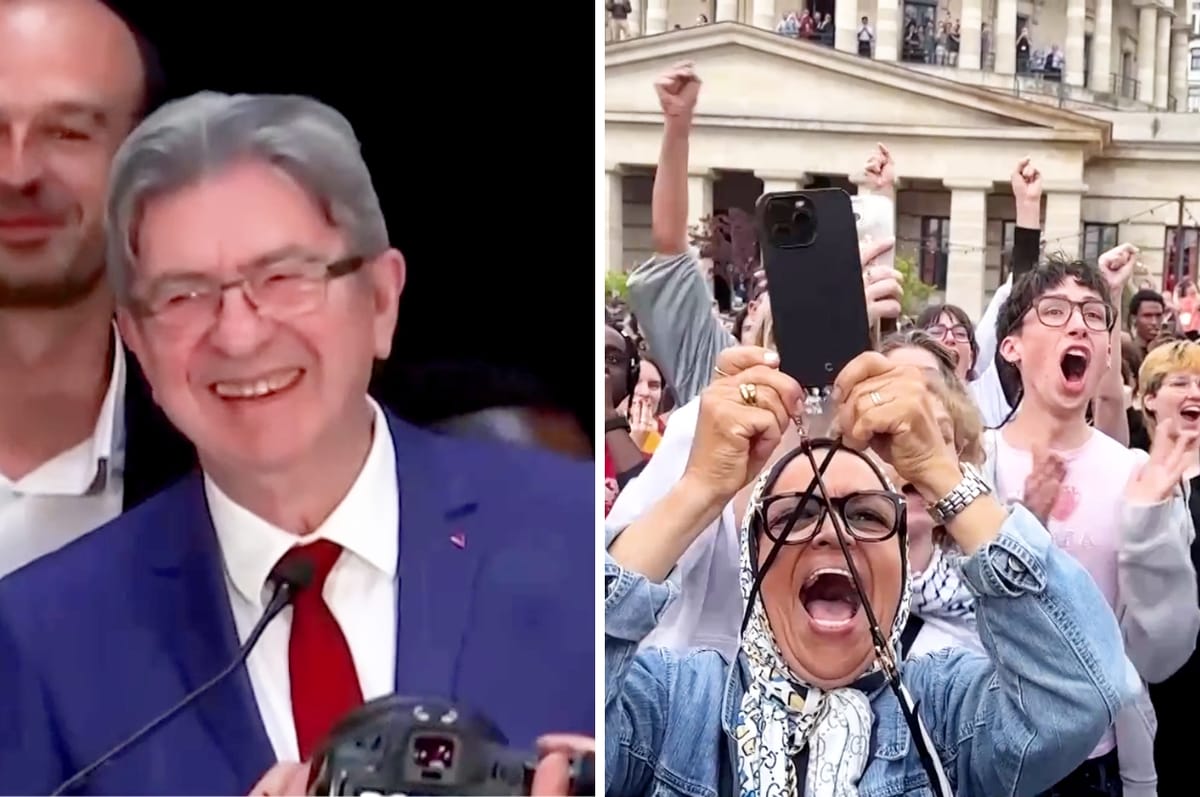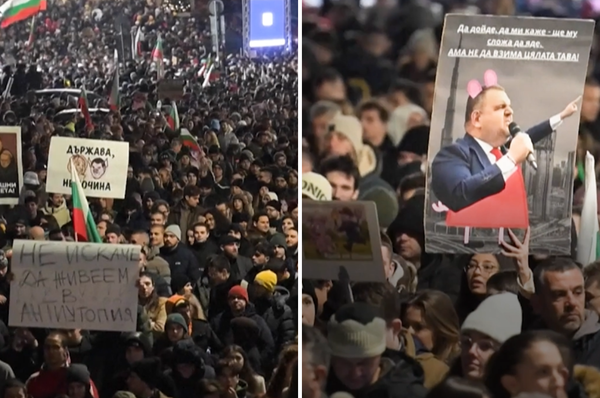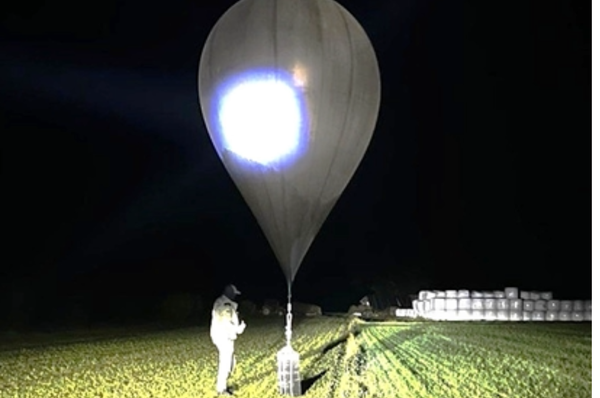Paris’ Mayor Swam In The Seine River To Prove It’s Clean For The Olympics After People Threatened To Poop In It
Anne Hidalgo, Paris’ mayor, swam in the once heavily polluted Seine River to prove that it is clean and safe for athletes to swim in at the 2024 Olympics.

Anne Hidalgo, Paris’ mayor, swam in the once heavily polluted Seine River to prove that it is clean and safe for athletes to swim in at the 2024 Olympics.
Several open water swimming events at this year’s Olympics and Paralympics, set to begin on July 26, will be held in the Seine.
They include the men’s and women’s marathon swimming, as well as the swimming legs of the triathlon event for both the Olympics and Paralympics.
For more than a century, swimming in the Seine has been banned due to health risks.
In the 1990s, the then-mayor of Paris Jacques Chirac promised to clean the river so it could be used for swimming, but he was unsuccessful in his mission.
However, in 2015, Paris invested US$1.5 billion to not only clean up the Seine for the 2024 Olympics but also to improve the water quality for Parisians to enjoy long after the event.
The city then constructed a large underground water storage basin in central Paris, completely revamped sewer infrastructure and renovated wastewater treatment facilities, according to AP.
On Wednesday, July 17, Hidalgo put on a wetsuit and swimming goggles and carefully entered the Seine River from a ladder , while officials, athletes, and locals cheered.
Several top government officials, including the president of the Paris 2024 organizing committee, Tony Estanguet, local club swimmers and reporters, were also invited to join her in the swim.
The group swam 100 meters down the river, alternating between freestyle and breaststroke.
“The Seine is exquisite,” Hidalgo said from inside the river.
“The water is very, very good. A little cold, but not so bad,” shesaid after coming out from the water.“Today was a dream. A testimony that we have achieved a lot of work, and look at the joy, the joy around us.”
Hidalgo was not the first to take a swim in the Seine to demonstrate its cleanliness.
The Saturday prior on June 13, the French sports minister Amélie Oudéa-Castéra, also took a dip in the river.
Hidalgo was going to swim in the river in June but was forced to postpone it due to snap parliamentary elections.
On June 23, the original date she and French President Emmanuel Macron said they would swim in the river, people made the hashtag #jechiedanslaSeine (#ImPoopingInTheSeine) trend as they threatened to hold a large-scale protest by pooping in the river.
Someone even made a website that calculated how long it would take for the poop to travel downstream so that it would reach the politicians when they went in the river.
Results from a monitoring organization in early June showed dangerously high levels of E. coli bacteria, which indicates fecal matter, but more recent results have shown some improvements.
Officials are now monitoring water quality at several points ahead of each Olympic event, which will see competitors begin their races at Pont Alexandre III, a bridge near the Champs-Élysées with the Eiffel Tower in the background, to ensure a clean environment
In the event of heavy rains, which might affect pollution levels, Olympics organizers have said that the swimming portion might be excluded from the triathlon and the marathon swimming race could be relocated if necessary.
"The Games more than challenged us, it was the driving force and the accelerator [of the Seine cleanup]. But we're doing this because we need to adapt our city to the climate, to climate change and to restore our river,” Hidalgo said after her swim.
Paris has planned to create three public bathing areas in the Seine after the games.
After the officials had left the banks of the Seine River, many swimmers remained in the water, practicing their dives and playing catch with others.
More On France







